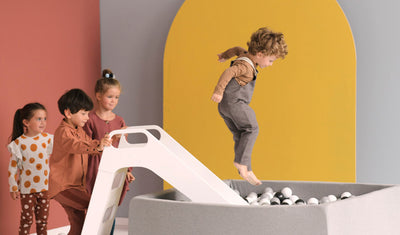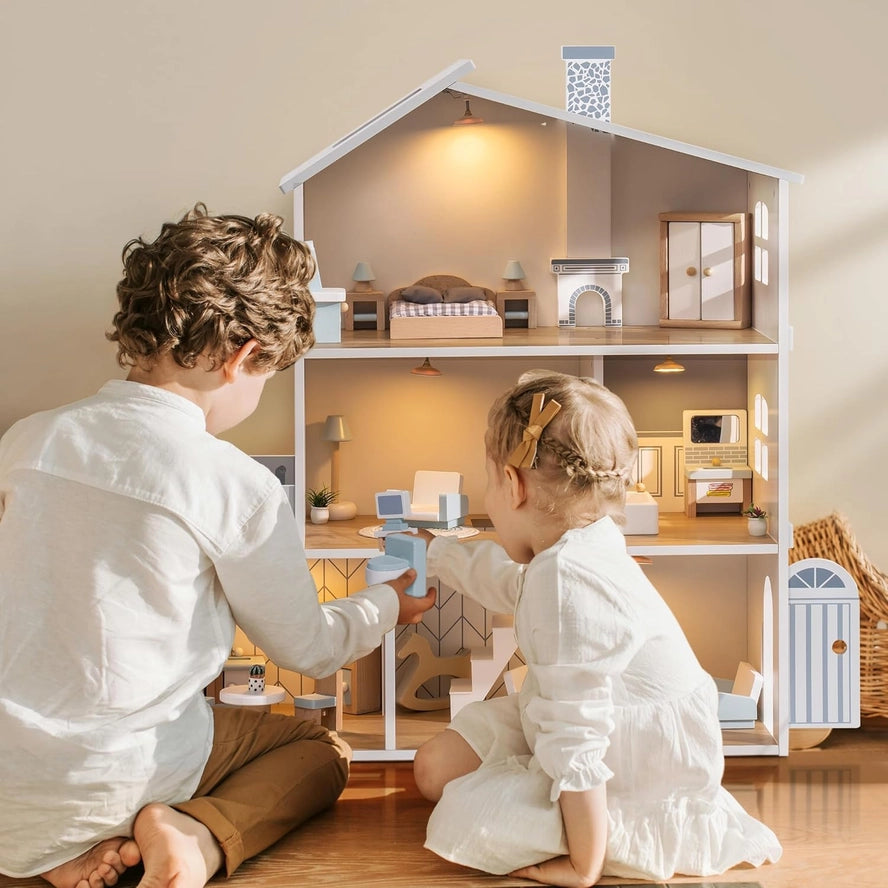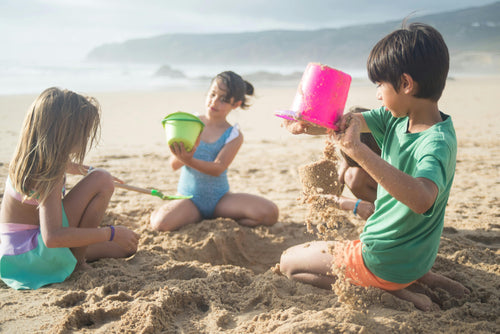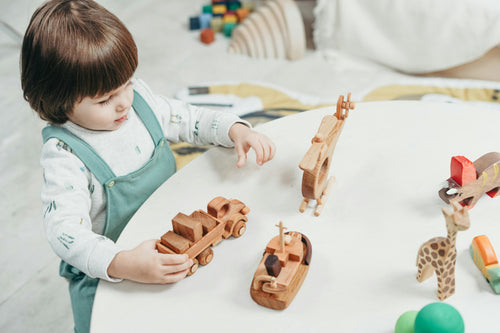
DIY: 5 creative projects to do with your children
In a world where technology often takes over, taking the time to create with your hands can be an incredible source of learning and enjoyment for the whole family. Do-It-Yourself (DIY) projects are not only fun; they also provide an opportunity to develop important skills such as fine motor skills, creativity, and the ability to follow instructions. Additionally, these creative activities help strengthen family bonds by spending quality time together. Here are five simple and fun DIY projects you can do with your children.
Project 1: Painting on stone
Materials needed: Smooth stones, acrylic paints, brushes, protective varnish.
Project Description:
Rock painting is a fantastic activity for all ages. Start with a family walk to collect smooth stones. Once home, wash the stones and let them dry. Then, let your imagination run wild! Paint patterns, animals, or inspirational messages on the stones.
Benefits of the project:
This activity encourages creativity and artistic expression, while developing fine motor skills as children manipulate the brush to draw details. Once completed, these stones can be used as home decor or personalized gifts for friends and family.
Project 2: Creating Homemade Slime
Materials needed: White PVA glue, baking soda, saline solution (containing sodium borate), food coloring, and glitter (optional).
Project Description:
Making slime is an activity that fascinates children and encourages them to learn basic scientific concepts. To begin, pour a cup of glue into a bowl. Add a teaspoon of baking soda and mix well. Stir in a few drops of food coloring and, if desired, glitter for a sparkly effect. Finally, slowly add the saline solution and stir until the mixture reaches the desired consistency.
Benefits of the project:
Making slime allows children to observe chemical reactions firsthand and understand the effects of different ingredients. This activity also improves hand-eye coordination and an understanding of measurements and proportions. Kneading slime helps develop fine motor skills and provides a rewarding sensory experience.
Project 3: Making Beaded Jewelry
Materials needed: Beads of different sizes and colors, elastic threads or cords, clasps.
Project Description:
Jewelry making is a fun and creative way for kids to create items they can wear and share. Choose colorful beads and let your children thread them onto elastic thread or cord to create bracelets, necklaces, or even keychains.
Benefits of the project:
This project helps develop fine motor skills and dexterity while encouraging patience and concentration. Children also learn to follow patterns and plan their creations, which strengthens their problem-solving and planning skills.
Project 4: Personalized Greeting Cards
Materials needed: Cardstock, colored pencils, markers, stamps, stickers, glue, scissors.
Project Description:
Making greeting cards allows children to express their creativity while making personalized gifts for special occasions. Start by folding the cardstock into a card shape. Let your children decorate the outside with drawings, stamps, and stickers. They can write a message inside to further personalize the card.
Benefits of the project:
This activity develops personal expression and artistic skills. It also teaches the basics of correspondence and the importance of maintaining relationships through thoughtful gestures. Cutting and gluing skills strengthen fine motor skills and hand-eye coordination.
Project 5: Potted Vegetable Gardens
Materials needed: Pots, potting soil, seeds of easy-to-grow plants (such as radishes, herbs or cherry tomatoes), watering can.
Project Description:
Starting a small container garden is a wonderful way to introduce children to botany and plant life cycles. Choose appropriately sized pots and let the children fill them with potting soil. Plant the seeds according to the package instructions and place the pots in a sunny spot. Children can water the plants regularly and observe their growth.
Benefits of the project:
This project teaches responsibility, as children must care for their plants daily. It also provides a hands-on introduction to science by observing plant germination and growth. Growing plants can also encourage children to eat more vegetables and understand where their food comes from.
Engaging your children in DIY projects isn't just about spending quality time together; it's also an opportunity to learn and develop essential skills. Whether painting rocks, making slime, creating jewelry, making greeting cards, or starting a small garden, each project offers unique and enriching lessons. These activities not only strengthen motor and cognitive skills, but they also cultivate creativity and curiosity. Incorporating these projects into your routine can help strengthen family bonds and encourage healthy development in your children.






